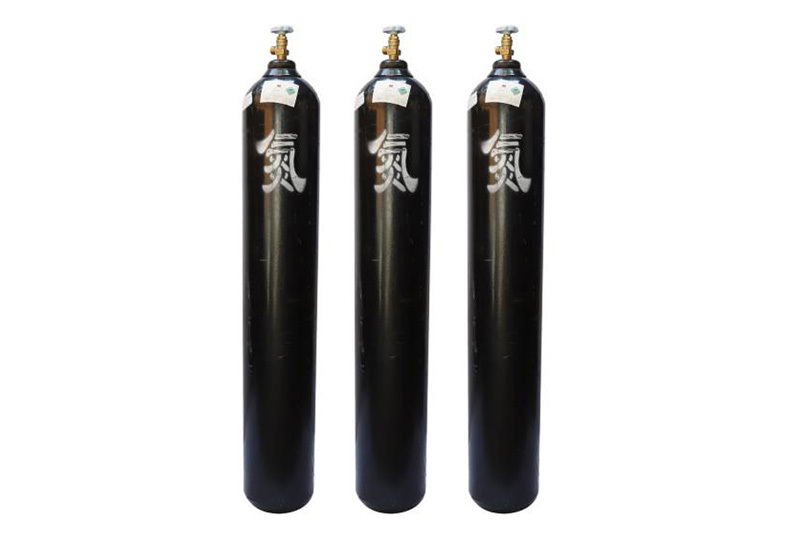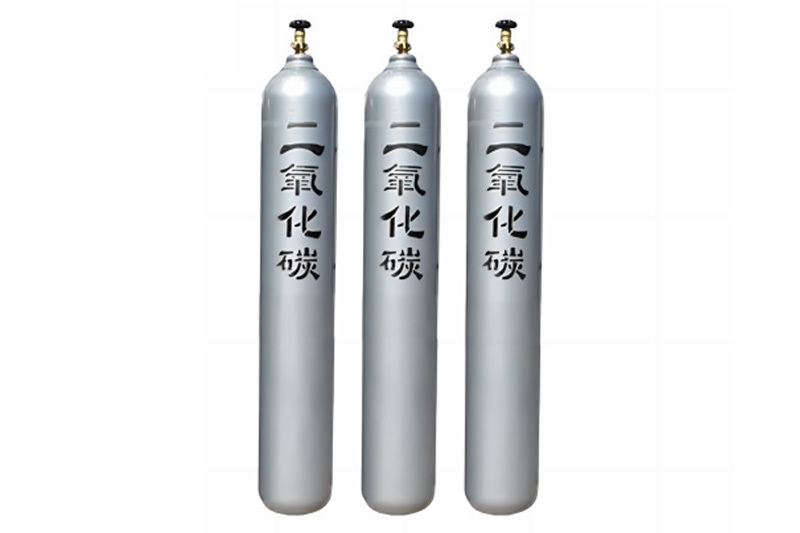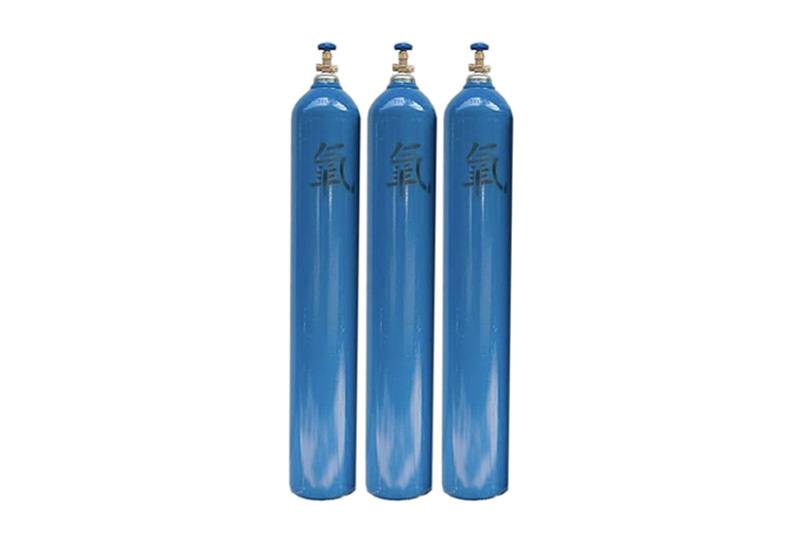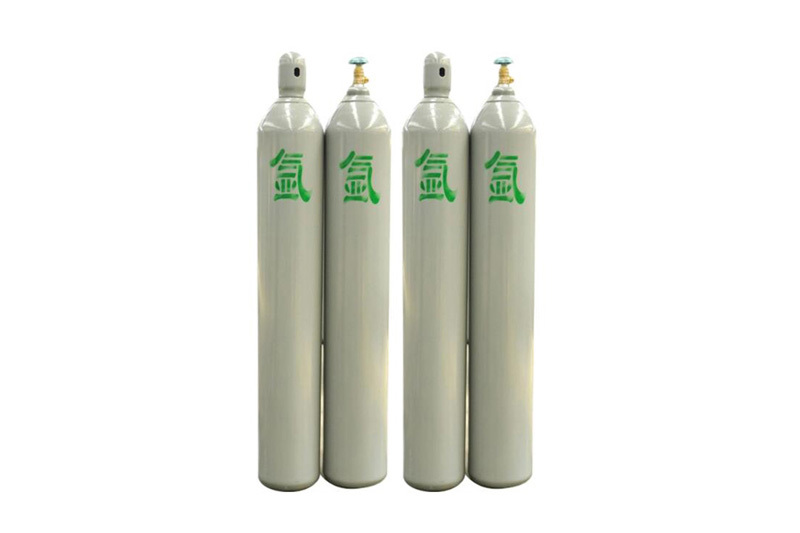




Leak Detection Calibration Gas
Specifications:
4L, 8L, 40L
Material:
Carbon Steel Bottle, Aluminum Bottle, Coated Bottle
Purity:
Customized
CAS:
None
UN:
None
Dangerous Goods Category:
None
Product Details
Leak Detection Calibration Gas is a reference material used to calibrate gas detection alarms and leak detection instruments. It ensures the sensitivity and reliability of equipment through precisely controlled compositions and stable concentrations. Typically composed of high-purity background gases (e.g., nitrogen or air) mixed with target gases (e.g., methane, carbon monoxide, hydrogen sulfide) at specific concentrations, these gas mixtures cover a range from alarm thresholds to full-scale ranges to meet diverse operational needs.
Compliant with national standards such as GB/T 5274, the gas guarantees homogeneity and long-term stability. It is widely applied in petrochemical plants, gas pipelines, and fire safety inspections, where periodic calibration helps prevent accidents caused by gas leaks, ensuring personnel and equipment safety. Custom formulations with varying gas combinations and concentration gradients are available to address specialized requirements.
Key words:
Related Products
Nitrogen (N₂) is one of the main components of air, accounting for approximately 78% of the total Earth's atmosphere. It is a colorless, odorless, and tasteless inert gas with stable chemical properties that is not easily reactive with other substances. In industrial production, nitrogen is often used as a protective gas, such as in welding, cutting, and food packaging processes, to prevent oxidation and corrosion caused by oxygen. In addition, nitrogen is also used in the manufacture of fertilizers, synthetic fibers, and as a refrigerant for freezing and refrigeration. Due to its inertness, nitrogen is also commonly used as an inert atmosphere in laboratories to protect sensitive substances from the influence of air.
Carbon dioxide (CO₂) is a colorless and odorless gas that is an important component of the Earth's atmosphere and a key substance in many industrial processes and biological activities. In nature, carbon dioxide is absorbed by plants through photosynthesis and converted into oxygen, while also being released during respiration and combustion processes. As one of the greenhouse gases, carbon dioxide has a significant impact on the Earth's climate system, and excessive emissions can lead to global warming. In industry, carbon dioxide is commonly used in the production of carbonated beverages, frozen foods, and as a protective gas in welding and firefighting.
Oxygen (O₂) is an important component of the Earth's atmosphere, accounting for approximately 21% of the air volume and being the most abundant element. Oxygen is required for the oxidation of hydrocarbons, treatment of wastewater, rocket propellants, and for respiration of animals and humans in aviation, aerospace, and diving. Animal respiration, combustion, and all oxidation processes (including the decay of organic compounds) consume oxygen. But oxygen in the air can be continuously replenished through the photosynthesis of plants. In the cutting and welding of metals. It is a mixture of oxygen with a purity of 93.5%~99.2% and combustible gas (such as acetylene) to produce a flame at extremely high temperatures, thereby melting the metal. The metallurgical process cannot do without oxygen. Oxygen is also required to enhance the production process of nitric acid and sulfuric acid. By blowing a mixture of oxygen and water vapor into a gasifier without using air, high calorific value gas can be obtained. Medical gas is extremely important.
Related Products
Nitrogen (N₂) is one of the main components of air, accounting for approximately 78% of the total Earth's atmosphere. It is a colorless, odorless, and tasteless inert gas with stable chemical properties that is not easily reactive with other substances. In industrial production, nitrogen is often used as a protective gas, such as in welding, cutting, and food packaging processes, to prevent oxidation and corrosion caused by oxygen. In addition, nitrogen is also used in the manufacture of fertilizers, synthetic fibers, and as a refrigerant for freezing and refrigeration. Due to its inertness, nitrogen is also commonly used as an inert atmosphere in laboratories to protect sensitive substances from the influence of air.
Carbon dioxide (CO₂) is a colorless and odorless gas that is an important component of the Earth's atmosphere and a key substance in many industrial processes and biological activities. In nature, carbon dioxide is absorbed by plants through photosynthesis and converted into oxygen, while also being released during respiration and combustion processes. As one of the greenhouse gases, carbon dioxide has a significant impact on the Earth's climate system, and excessive emissions can lead to global warming. In industry, carbon dioxide is commonly used in the production of carbonated beverages, frozen foods, and as a protective gas in welding and firefighting.
Oxygen (O₂) is an important component of the Earth's atmosphere, accounting for approximately 21% of the air volume and being the most abundant element. Oxygen is required for the oxidation of hydrocarbons, treatment of wastewater, rocket propellants, and for respiration of animals and humans in aviation, aerospace, and diving. Animal respiration, combustion, and all oxidation processes (including the decay of organic compounds) consume oxygen. But oxygen in the air can be continuously replenished through the photosynthesis of plants. In the cutting and welding of metals. It is a mixture of oxygen with a purity of 93.5%~99.2% and combustible gas (such as acetylene) to produce a flame at extremely high temperatures, thereby melting the metal. The metallurgical process cannot do without oxygen. Oxygen is also required to enhance the production process of nitric acid and sulfuric acid. By blowing a mixture of oxygen and water vapor into a gasifier without using air, high calorific value gas can be obtained. Medical gas is extremely important.
Argon (Ar) is a colorless, odorless, and non-toxic inert gas with a relative atomic mass of 39.948. It is one of the components of air and is mainly produced through air liquefaction and distillation. Argon gas has stable chemical properties and is not easily reactive with other substances, so it has a wide range of applications in industry, such as being used as a welding shielding gas, bulb inflation, low-temperature freezing, photolithography process in semiconductor manufacturing, and inert atmosphere in scientific research experiments. In addition, argon gas has a density 1.4 times that of air at room temperature and is slightly soluble in water.
Get A Quote




